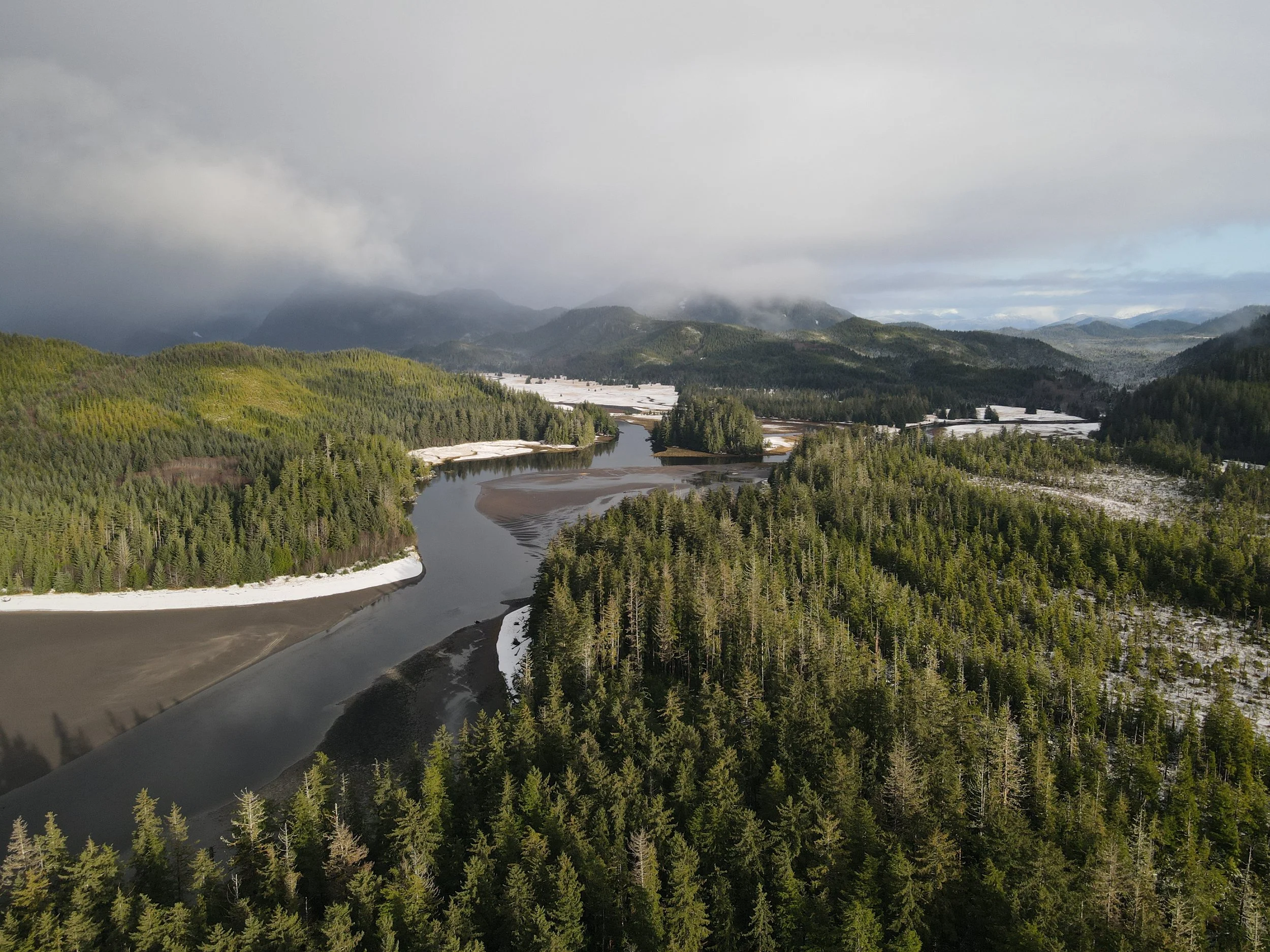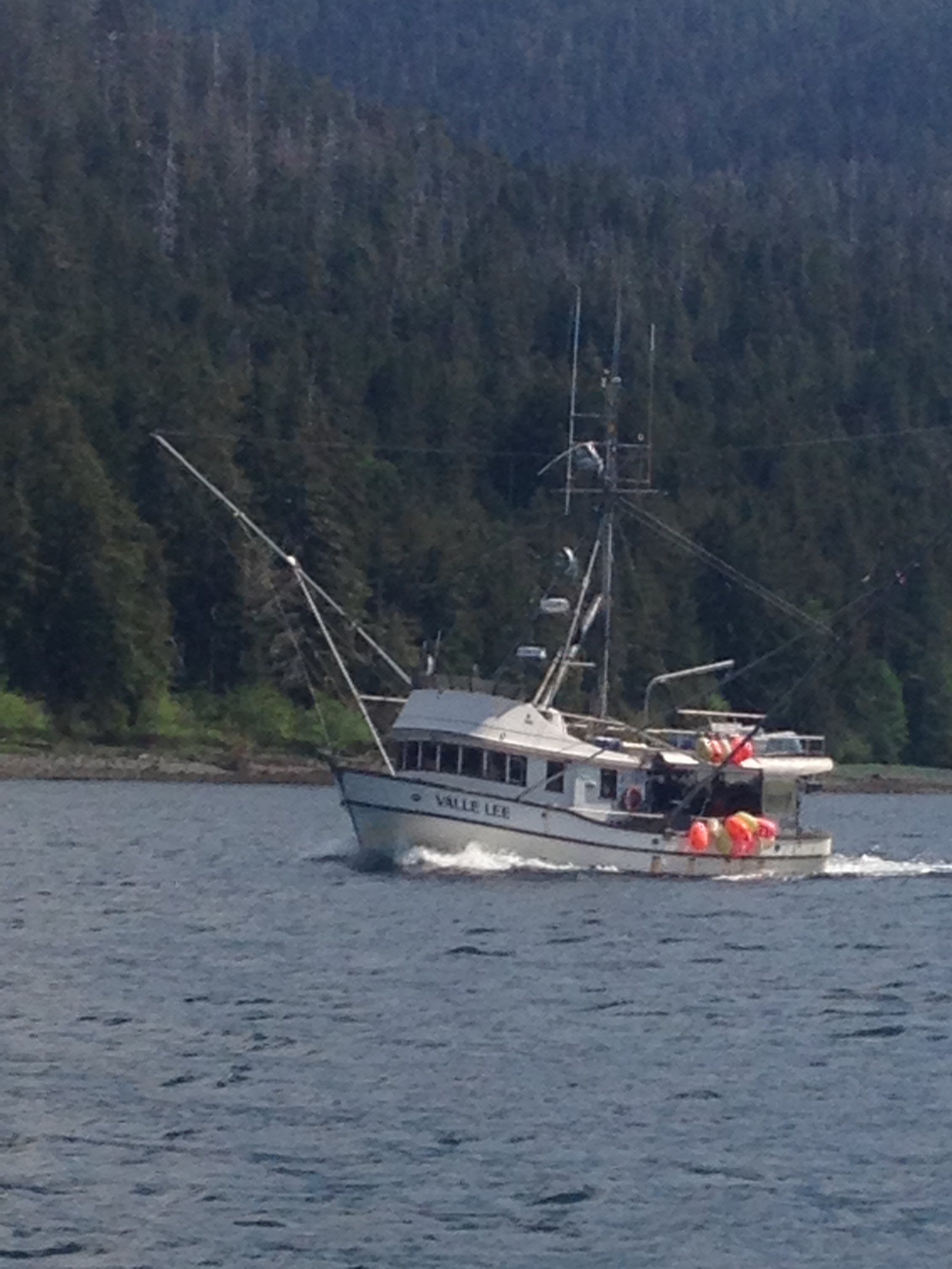National Fisherman
July 10th, 2025
By Margaret Bauman
Southeast Alaska fisheries entity with a proven track record for providing thousands of free seafood meals to those in need and educating the next generation of commercial harvesters has a new plan to make more halibut quota available to the area's traditional coastal fishing communities.
Using grants and investments totaling $934,000 from the Rasmuson Foundation, the Alaska Sustainable Fisheries Trust (ASFT), in collaboration with Sealaska Corporation, Central Council of Tlingit, and Haida Indian Tribes of Alaska and Spruce Root, a non-profit community development financial institution, will purchase halibut quota on the open market this fall and winter to make the highly popular whitefish available for harvest in Craig, Kasaan, and Yakutat. The plans were announced on July 7.
The funds include a $700,000 grant and a $234,000 program-related investment (PRI) aimed at restoring rural and indigenous access to the coastal fisheries. All three communities have signed resolutions in support of the regional community quota entity (CQE).
"With this funding, which includes both Program Related Investment and grant funds, we will anchor access to the halibut fishery in rural communities and ensure residents enjoy the cultural, social, and economic benefits of participating in Alaska's commercial fisheries," said Linda Behnken, board president of ASFT, executive director of the Alaska Longline Fishermen's Association (ALFA), and a veteran halibut and black cod commercial harvester from Sitka.
Read full article here





